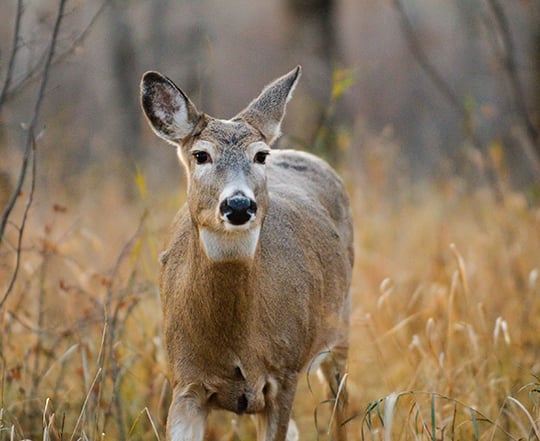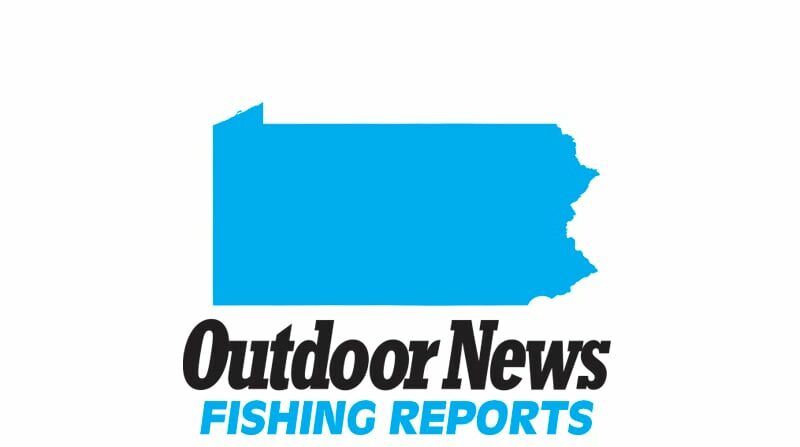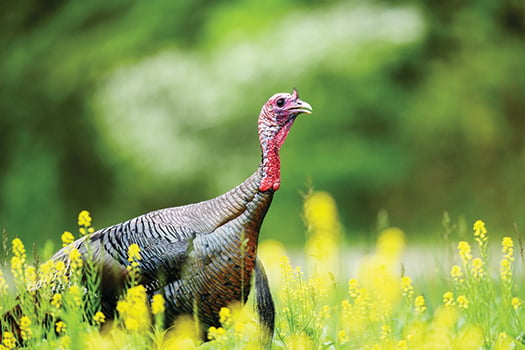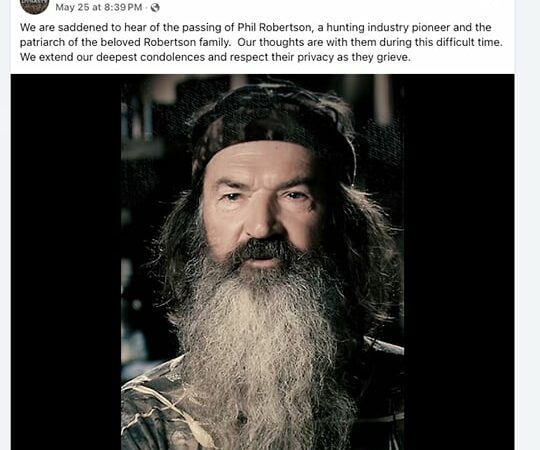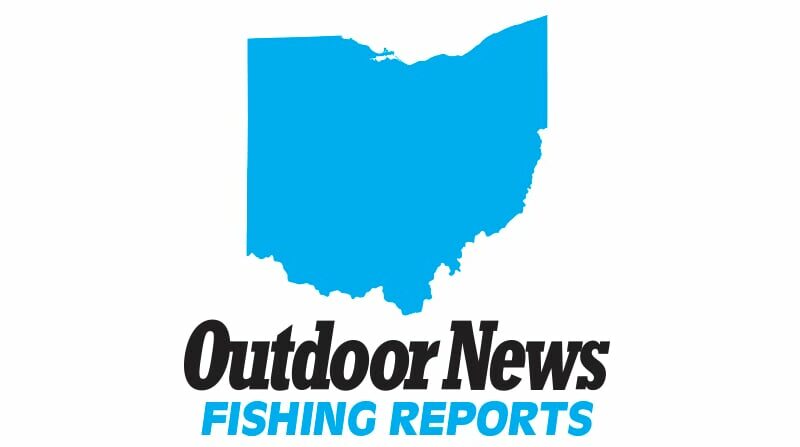What’s good for the meadowlark is good for North Dakota’s deer – Outdoor News
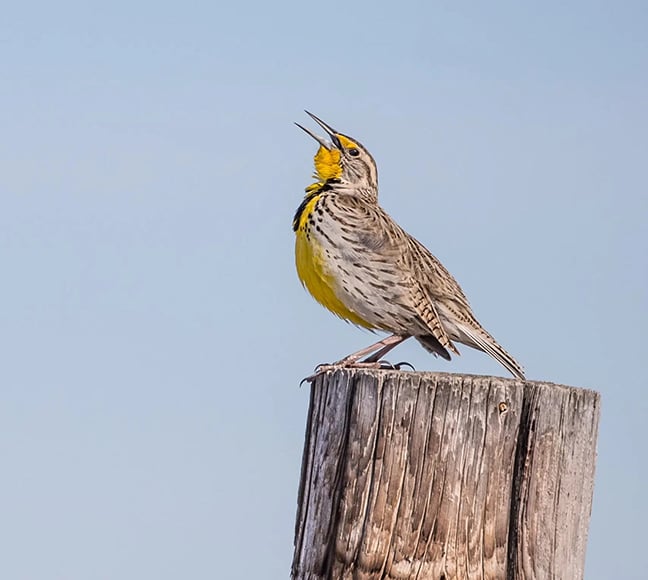
The Western meadowlark is North Dakota’s state bird but did you know one of it’s closest relatives is the less embraced common blackbird?
Yes, meadowlarks are members of the blackbird family, which also includes orioles and bobolinks. A couple of other interesting facts: one nestling meadowlark consumes one-third pound of insects during its 12 days in the nest.
If you’re not as impressed with its diet then maybe you’ll find yourself more interested to know meadowlarks and deer need and share a similar grassland home, as 71% of white-tailed deer fawn bed sites are in grasslands and also 31% of a fawn’s home range.
Got your attention now? What’s good for the meadowlark is good for the deer.
The more deer the more licenses. The more licenses available the better chance you have of drawing a deer tag. Which is why the Meadowlark Initiative should be of interest to all of us on the prairie.
MORE COVERAGE FROM OUTDOOR NEWS:
Waterfowl numbers take a dive during 2024 breeding duck survey in Minnesota
The Meadowlark Initiative is intended to provide landowners a one-stop-shop for programs and practices available through various private, state and federal conservation partners to help establish and manage diverse native perennial grasses, install grazing infrastructure and develop working grasslands for sustainable livestock grazing.
There are a variety of practices available through the Meadowlark Initiative:
- Native and tame grass plantings.
- Prescribed grazing.
- Fencing.
- Water development (including wells, pipelines and pumping plants).
- Prescribed burning.
- Brush management (invasive shrub/tree removal in grasslands).
- Wetland restoration and enhancements.
- Rental payments.
Landowners may be eligible to receive a rental payment for the first three years when marginal cropland is planted to diverse native perennial grasses while the land is not generating income from farming or grazing. After the grass is established, the landowner will not receive rental payments, but the land may be used for grazing.
Many of these practices are available through the various conservation partners and USDA’s Regional Conservation Partnership Program.
Who pays for Meadowlark Initiative practices?
Funding for the practices comes from a variety of private, state and federal funds, including USDA’s Regional Conservation Partnership Program. Payments for practices will vary depending upon which partner program is used.
Who is eligible for the Meadowlark Initiative?
A unique feature of the Meadowlark Initiative is the variety of private, state and federal partners involved.
Most producers, farmers and ranchers will be eligible for many programs offered through the Meadowlark Initiative. If RCPP funds are used, participants must meet eligibility requirements as defined by the USDA Natural Resources Conservation Service. If a landowner does not meet eligibility for RCPP, the landowner may be eligible for other partner programs and is encouraged to explore other options.
What is the enrollment process for Meadowlark Initiative?
Because the Meadowlark Initiative involves many different conservation partners, landowners may inquire about practices and partner programs whenever. Landowners may submit a Meadowlark Initiative Landowner Interest Form at any time.
When submitting a form, landowners should have their land description and location and other information available. Landowners should have a general idea of what they are interested in, but it is not necessary to have specific practices identified at that time.
Form submissions will be reviewed by partners periodically to determine which practice or program is best suited to assist them and what kind of practices are common for the habitat in their area.
Landowners can contact any of the partners, county USDA service center office staff or the North Dakota Game and Fish Department for a landowner information packet or to submit a Meadowlark Initiative Landowner Interest Form. Landowner information packets are available from all partners and available electronically.
How long is a Meadowlark Initiative contract?
Because the Meadowlark Initiative involves many different partners and features, lengths of contracts may vary. RCPP funded contract lengths may be up to 10 years.
Am I required to participate in research or monitoring?
An important element of the Meadowlark Initiative is to advance grassland ecosystem recovery through continued learning, including science and education.
Landowners are encouraged to visit with a conservation partner to discuss soil health, wildlife response and habitat monitoring as part of the overall Meadowlark Initiative, however, landowners are not required to participate in any such activity.
Landowner participation with research and monitoring will improve knowledge and help measure the benefit to grassland birds, pollinators and soil health and to help evaluate land-use decisions by landowners to improve conservation programs for the future.
Visit here for more information.
Source: https://www.outdoornews.com/2024/08/15/whats-good-for-the-meadowlark-is-good-for-north-dakotas-deer/



